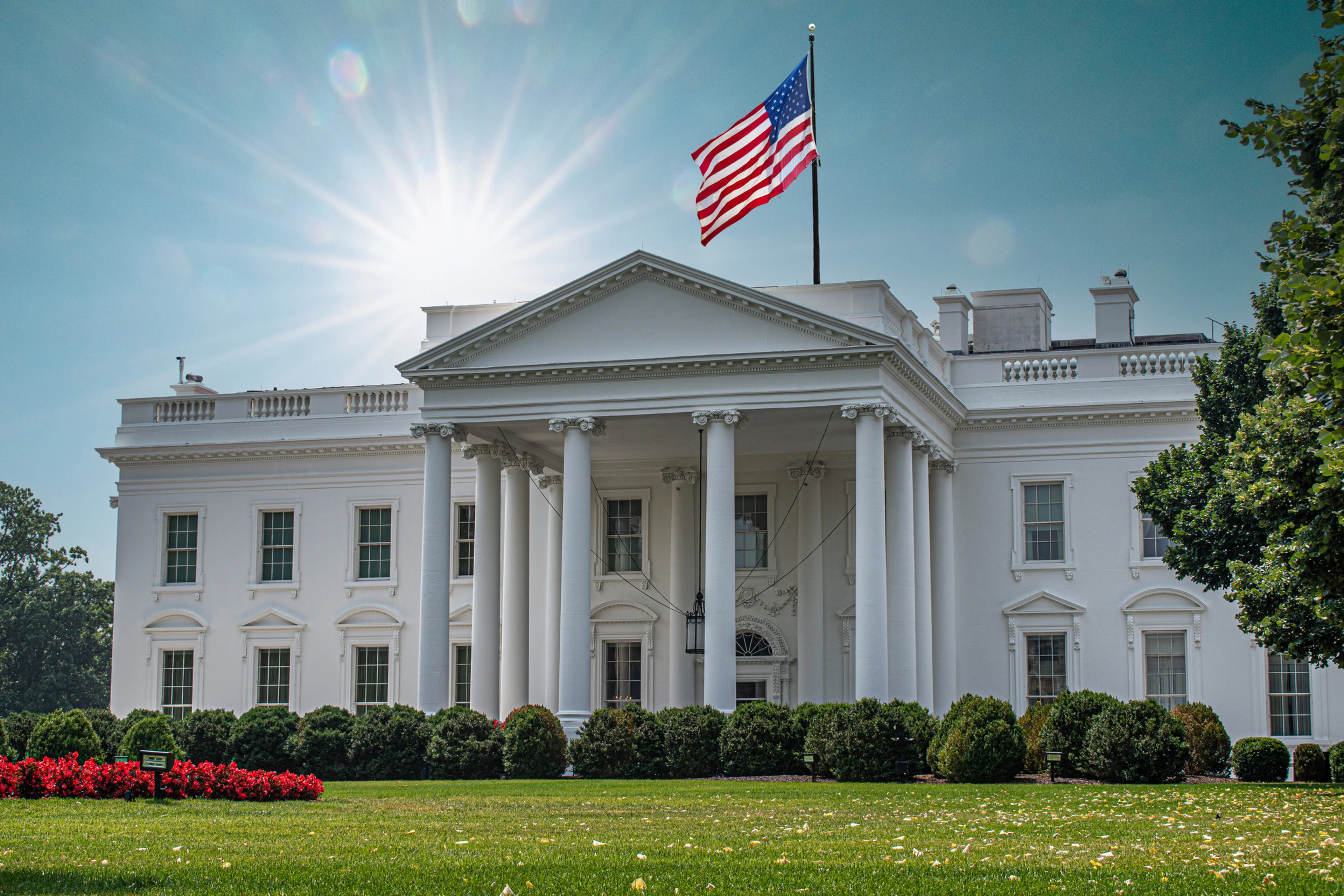
5 Steps to Determine Revenue Recognition
With the new revenue recognition standards moving forward, companies in all industries will be required to recognize revenue from customer contracts using a five-step model. To assist in the process, Doeren Mayhew has summarized the multi-step process for determining when to recognize revenue below.
1. Identify the contract with a customer. The achievement of closing a deal is exciting and embarks the journey between company and client, but it will be important to make sure a contract under the new standard is in place. The contract should have approval and commitment by both parties, clearly identified rights of the parties, clear terms of payment, valuable exchange and guaranteed payment.
2. Identify the performance obligations in the contract. With a contract in place, all goods and/or services delivered to the customer will need to be identified. It will need to be specified whether the goods and services in the contract are distinct as individual pieces, or need to be combined with other goods/services until the bundle is recognized as distinct.
3. Determine the transaction price. Once the performance obligations are outlined, the price for carrying out the agreed upon goods and services will need to be distinguished. Companies can determine this price by considering the effects of items such as discount variables, time value of money, economic trends and non-cash financing.
4. Allocate the transaction price to the performance obligations in the contract. Whether the goods and services distinguished in the contract are individual or bundled, a transaction price should be allocated to each separate piece based on what they would sell for separately.
5. Recognize revenue when (or as) the entity satisfies a performance obligation. As soon as the promised goods or services are delivered, the revenue should be recognized. If goods or services are delivered over a period of time, then revenue should be recognized over time.
For more information regarding the new revenue recognition standards and how they impact your business, Doeren Mayhew's CFO Advisory pros are here to help.


